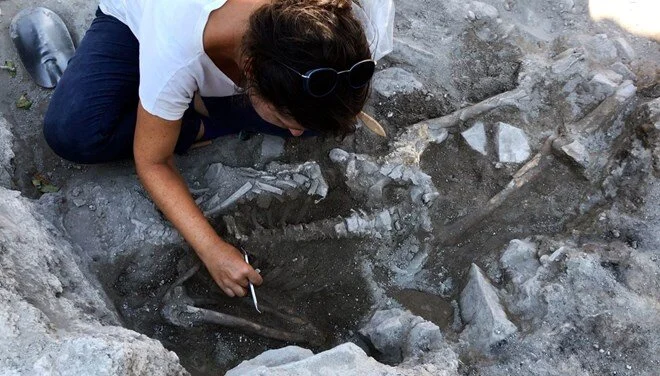
Traces of the Santorini Volcano Eruption and Tsunami Victims Found on Türkiye’s Coastline
In recent days, a swarm of earthquakes in the Aegean Sea has alarmed the residents of Santorini, leading to a rapid evacuation of the island, which has now transformed into a deserted landscape. Some seismologists suggest that this earthquake activity may be a precursor to a volcanic eruption. The recent seismic events brought to mind the catastrophic eruption of the Santorini volcano, which occurred some 3,500 years ago.
Much like the infamous eruption of Mount Vesuvius that buried the Roman city of Pompeii, the Santorini volcano’s eruption devastated both the island and the Aegean coast, causing widespread destruction. The volcano’s impact extended to the shores of modern-day Türkiye, where recent archaeological studies have provided significant evidence of the extensive consequences of this natural disaster.
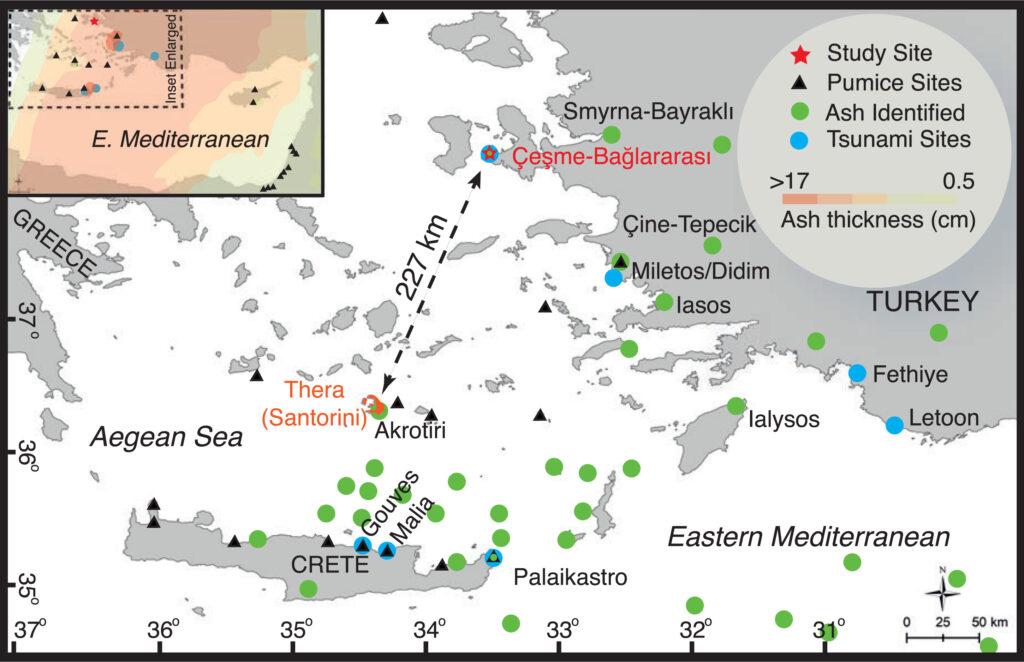
For the first time, traces of the deadly Santorini eruption and its victims have been uncovered along Türkiye’s Aegean coast, alongside volcanic ash. Archaeological excavations in the Çeşme-Bağlararası region have revealed groundbreaking evidence of the massive tsunamis triggered by the catastrophic eruption of the Santorini volcano. These findings were published in 2022 in the prestigious Proceedings of the National Academy of Sciences (PNAS).
Led by Professor Vasif Şahoğlu from Ankara University and Beverly Goodman-Tchernov from Haifa University, an international team has proposed that the destruction caused by the Thera (Santorini) eruption was far more extensive than previously thought. Radiocarbon dating of volcanic ash and tsunami deposits indicates that the Thera eruption could not have occurred before 1612 BCE, providing a crucial perspective that may help clarify the Late Bronze Age chronology.
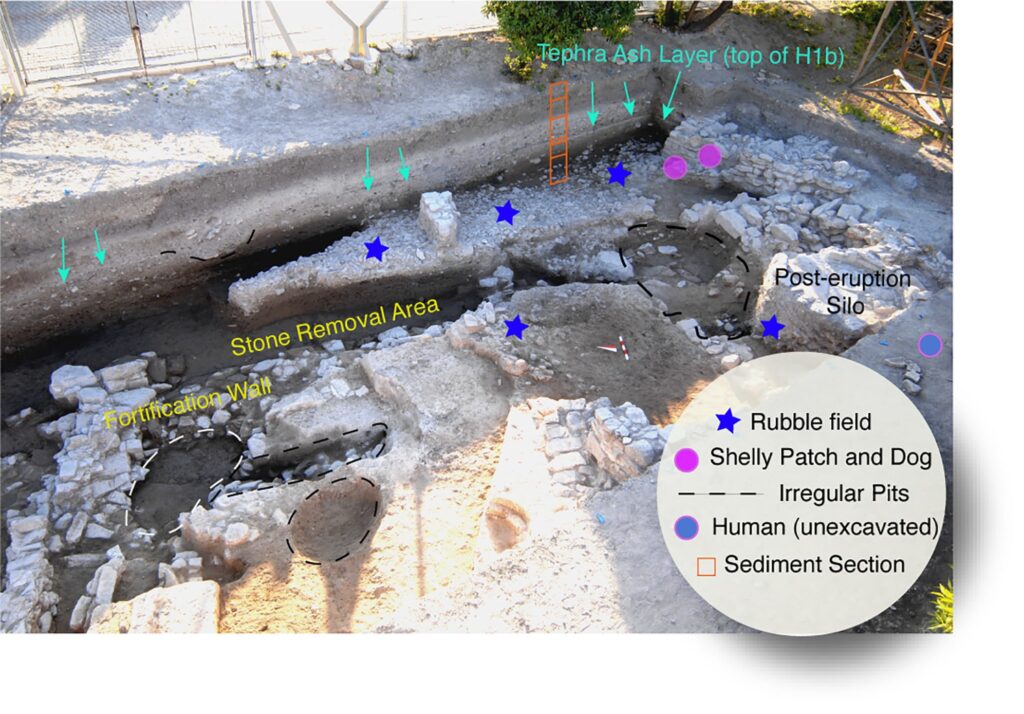
The Santorini volcano destroyed Çeşme-Bağlararası, a prosperous harbor settlement that played an important role in maritime trade between Anatolia and Minoan Crete in the 2nd millennium BC. The tsunamis triggered by the Thera eruption completely obliterated the settlement. One of the most striking discoveries from the excavations in this port city is the skeletal remains of a young man found beneath layers of tsunami deposits. The positioning of the body suggests that survivors may have attempted to search for missing individuals, digging temporary graves that were later filled by subsequent tsunami waves.
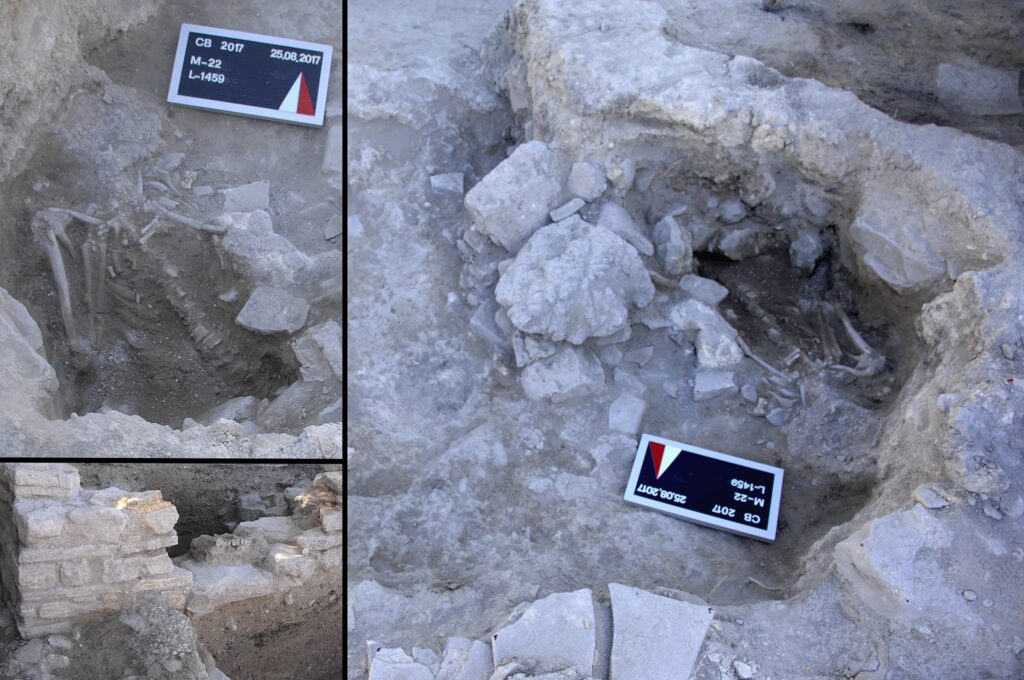
This finding marks the first direct archaeological evidence of human fatalities associated with the Santorini volcanic eruption. Alongside human remains, the excavation also uncovered the skeleton of a dog, further emphasizing the catastrophic impact of the disaster.
The collaborative study involving scientists from Türkiye, Austria, and Israel has added a new dimension to the understanding that no human remains had been previously discovered from the Santorini eruption. The research utilized archaeological, geophysical, and geological analyses, confirming that coastal settlements in the North Aegean were affected not only by volcanic ash but also by powerful tsunamis, a theory that had not been previously substantiated.
The Çeşme-Bağlararası excavations, conducted with the permission of Türkiye’s Ministry of Culture and Tourism between 2009 and 2019, are part of the İzmir Regional Excavation and Research Project (IRERP).
https://doi.org/10.1073/pnas.2114213118
Cover Photo: A female archaeologist excavating a human skeleton amidst tsunami debris at the Çeşme-Baglararası archaeological site in Türkiye. (Photo via PNAS)
You may also like
- A 1700-year-old statue of Pan unearthed during the excavations at Polyeuktos in İstanbul
- The granary was found in the ancient city of Sebaste, founded by the first Roman emperor Augustus
- Donalar Kale Kapı Rock Tomb or Donalar Rock Tomb
- Theater emerges as works continue in ancient city of Perinthos
- Urartian King Argishti’s bronze shield revealed the name of an unknown country
- The religious center of Lycia, the ancient city of Letoon
- Who were the Luwians?
- A new study brings a fresh perspective on the Anatolian origin of the Indo-European languages
- Perhaps the oldest thermal treatment center in the world, which has been in continuous use for 2000 years -Basilica Therma Roman Bath or King’s Daughter-
- The largest synagogue of the ancient world, located in the ancient city of Sardis, is being restored

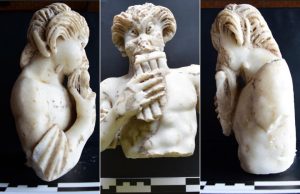
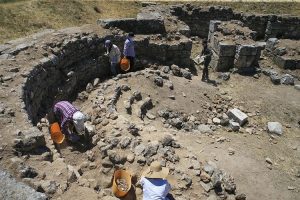
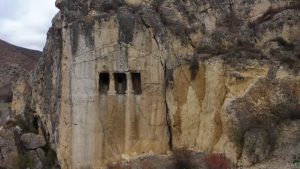
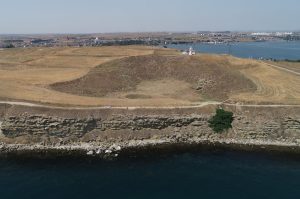
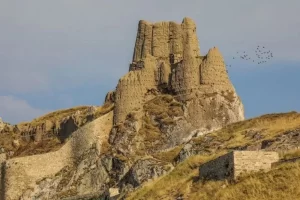
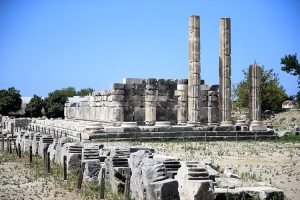


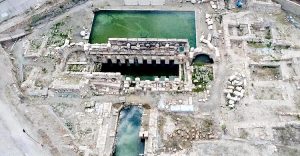
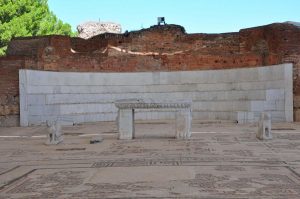
Leave a Reply